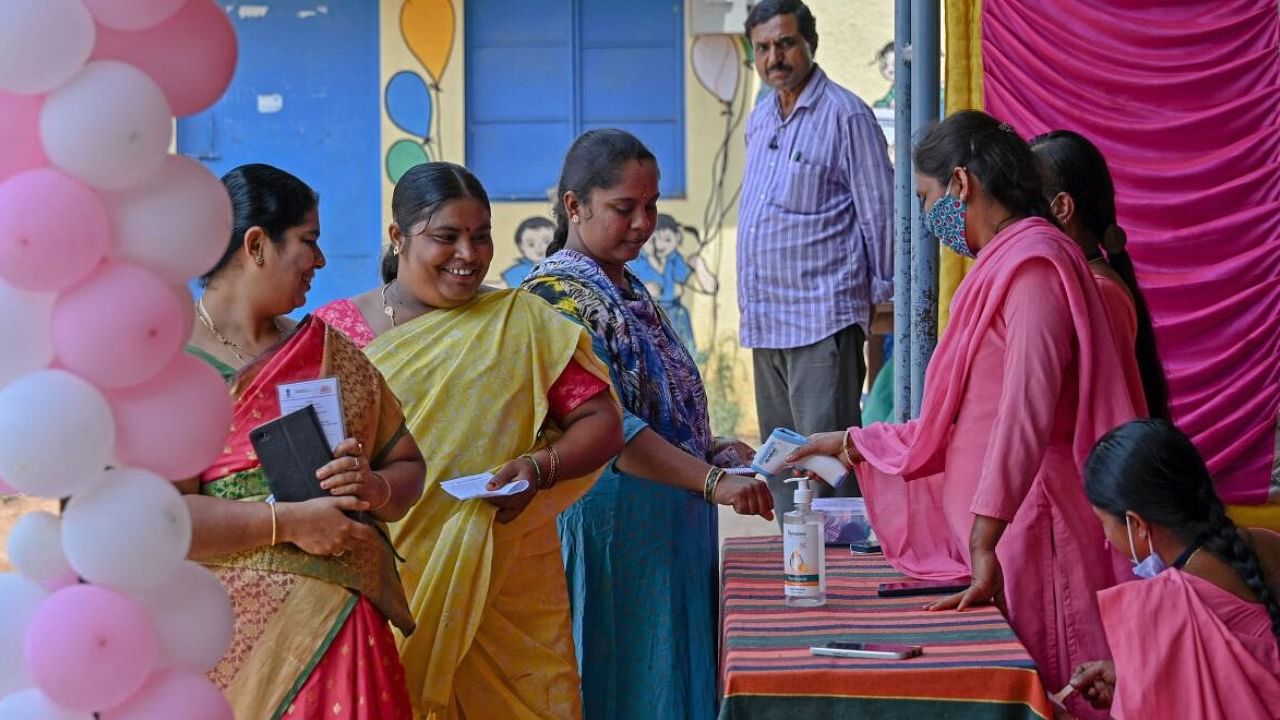
Politicians may deliver long sermons on empowerment of women and youth but the reality is quite different as the composition of the new Karnataka Legislative Assembly shows. According to PRS Legislative Research, the number of MLAs aged above 60 years has increased while those in the age groups of 41-60 and 25-40 years has declined. In 2018, 29% of the 224 MLAs were in the 61-80 years bracket, which has now gone up to 35 per cent. At the same time, there was a six percentage-point decline in the number of those in the 41-60 age group. When it comes to those aged below 40, the Assembly already had a poor record at 8 per cent, which has now dropped even lower to 7%. While all political parties have a few members who are above the age of 75, Shamanuru Shivashankarappa of Congress at 92 is the oldest of them all. The number of women elected has increased marginally from eight to 10 in this Assembly, but their representation has never gone beyond 5% since the 1962 elections.
One of the reasons for the poor representation of youth is the refusal of seniors to vacate their seats even after having enjoyed the power and prestige of being MLAs and ministers for multiple terms. There are instances of MLAs reigning over their constituencies for eight terms and more – that is, for more than 40 years. They come to regard their constituencies as their personal and permanent fiefdoms and refuse to groom a successor. In many cases, the constituency passes from father to children, as if it were a family business. In the case of women, though they constitute half (49.69%) the electorate, their representation in the legislature and in ministries is abysmally low. In fact, according to Election Commission figures, half the constituencies in Karnataka (112 out of 224) have a higher number of female voters than male voters. But political parties are reluctant to field women because they feel that their winning chances are low, considering the money and muscle power involved in elections.
In a democracy, it may be difficult to legally cap the number of terms a person can get elected, while the MLAs themselves would not prefer to retire on their own. It is thus incumbent on political parties to groom younger leaders and women leaders, make space for them, and ensure better representation to them. There is likely to be no change with regard to women unless the long-pending reservation of 33% of seats for them is implemented. Elected bodies need to have a higher number of women and youth, but this can be achieved only by affirmative action by the State and political parties, and not merely by lip service.